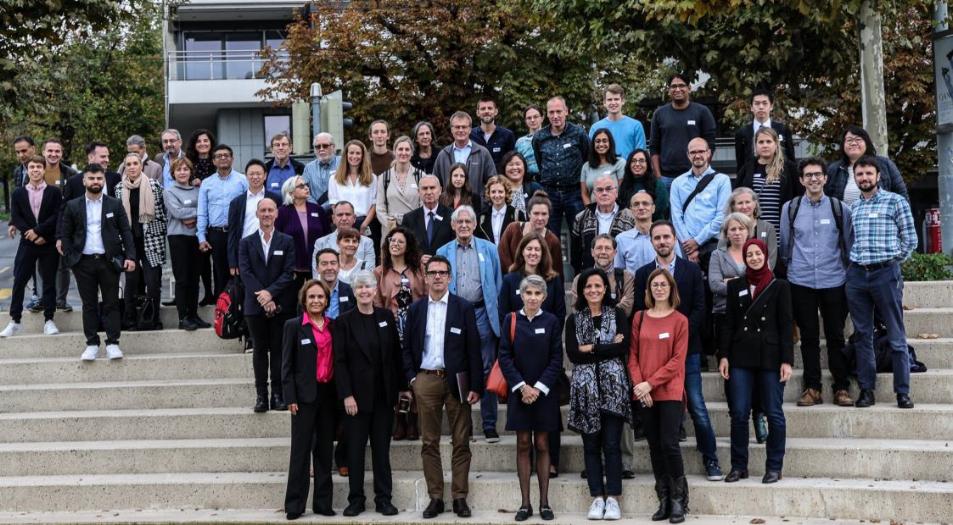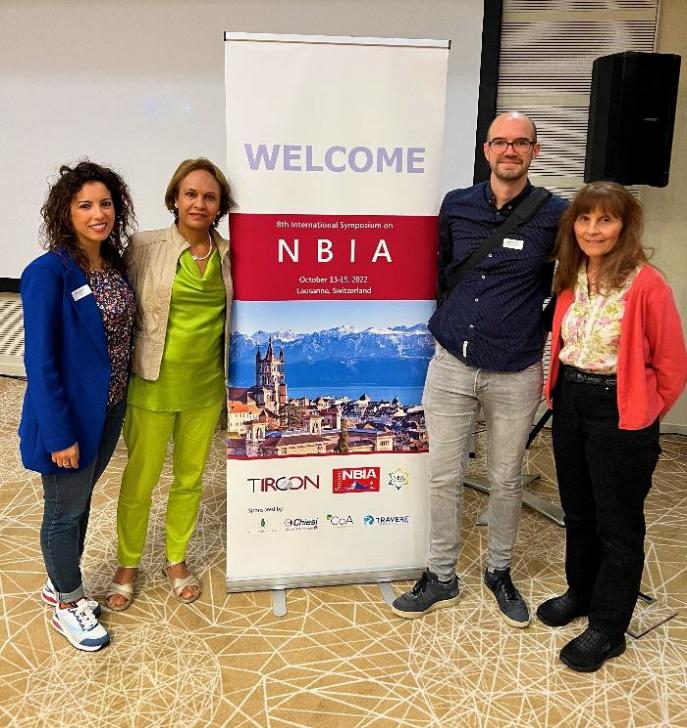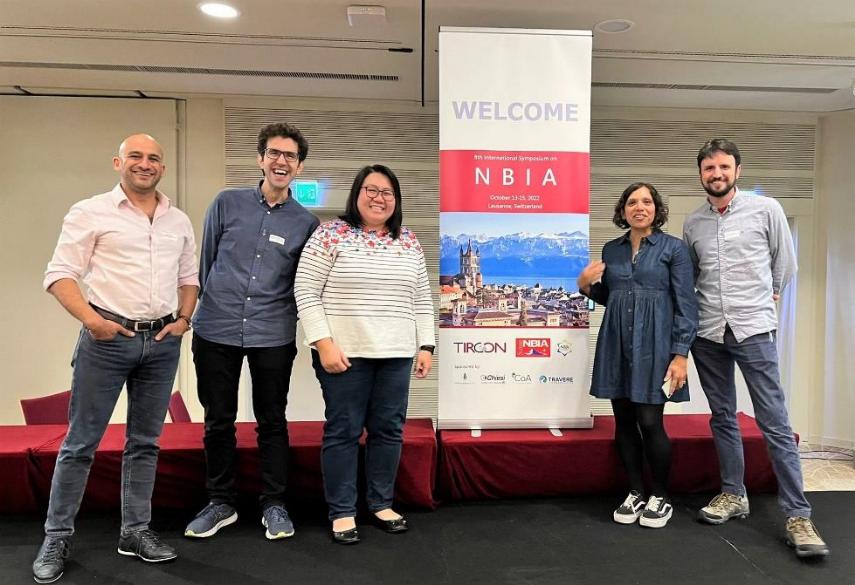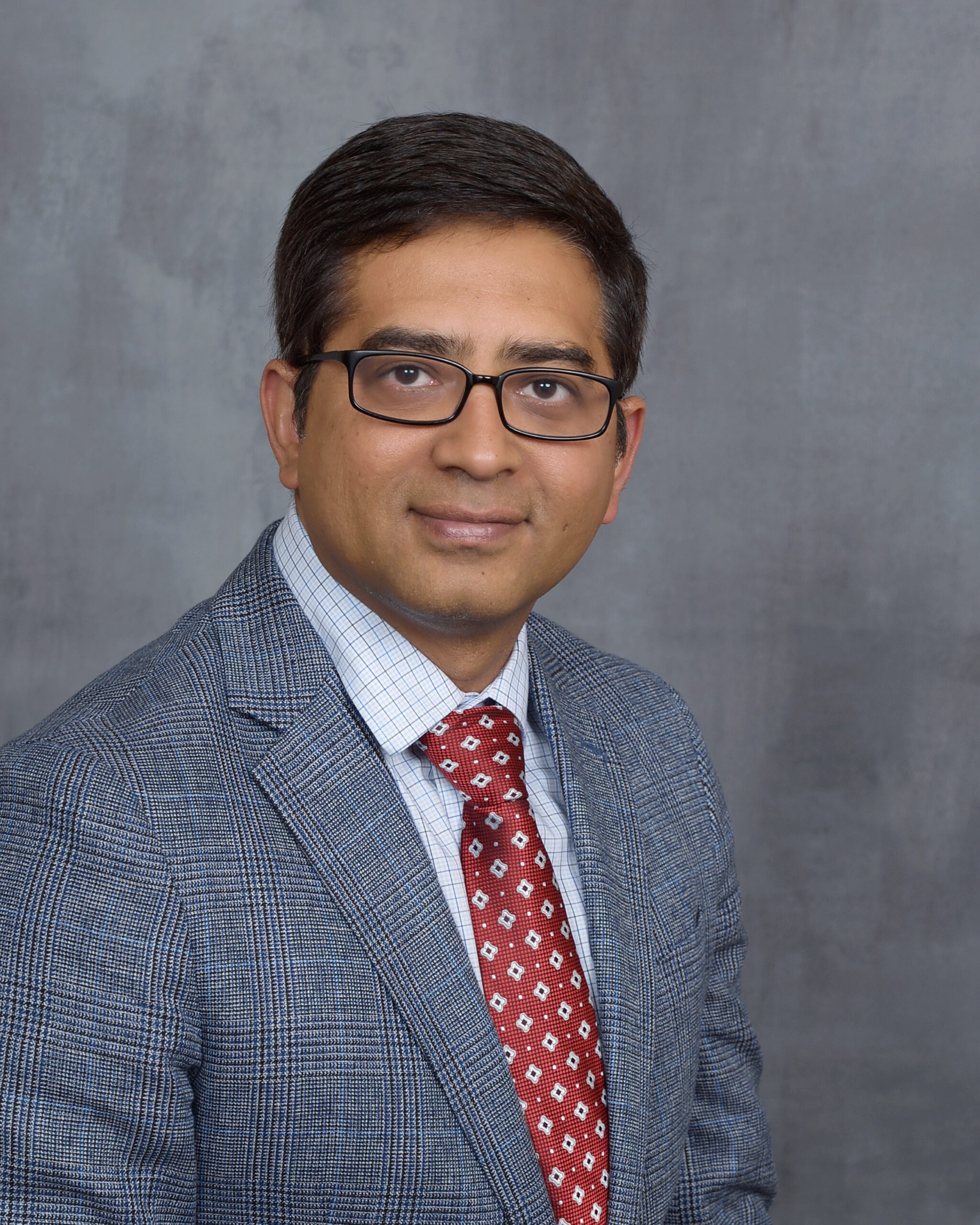International NBIA Symposium held in Switzerland in October 2022
International NBIA Symposium held in Switzerland in October 2022
In 2020, the last NBIA scientists' meeting only took place online due to the pandemic. In October 2022, for the first time since 2017, numerous players in NBIA research finally met again in person for three days at the 8th International NBIA Symposium in Lausanne.
Group photo with participants at the 8th NBIA Symposium 2022 in Lausanne
The conference attracted 80 official participants from 14 countries, 28 of whom were speakers. Including guests, e.g. patient representatives, 91 people took part. Even though the 2020 online symposium had significantly more participants, with 160 attendees from 26 countries, a face-to-face meeting in a confidential setting provides a much better framework for individual scientists to exchange information - even informally - about their NBIA projects and project ideas. It is not uncommon for such personal encounters to later lead to scientific collaborations.
The NBIA Disorders Association has awarded eight travel grants worth a total of 5,000 US dollars to young scientists who would otherwise not have been able to afford to attend. The young researchers were able to present their project results or disease-specific information in the form of posters at the symposium.
Participant Patricia Wood, founder and president of the NBIA Disorders Association, summarizes: "Several young scientists sent me emails afterwards telling me how valuable this experience was and that it motivated them to continue working on NBIA. It also gave them ideas for research and helped them form collaborations with other participants."
Wood reports lively discussions with many questions and ideas. The networking encouraged interest in collaborations to further explore some topics in mutual exchange. The event focused on the more common NBIA diseases such as PKAN/CoPAN, MPAN, BPAN, PLAN/INAD and FAHN.
The main topics of discussion were:
- Disease mechanisms and therapeutic approaches for NBIA diseases
- Customized animal and cell models for preclinical tests
- Specific evaluation scales for clinical studies, based on the natural course of the disease
- Clinical therapy studies
A committee of scientists headed by Thomas Klopstock from the Ludwig Maximilian University of Munich prepared the program for the symposium. In addition to Susan Hayflick from Oregon Health & Science University in Portland, Valeria Tiranti from the Neurological Institute C. Besta in Milan and Agnès Rötig from the Institute Imagine in Paris, Hoffnungsbaum Chairman Markus Nielbock and NBIA Disorders Association Chairman Patricia Wood (USA) were also members of this committee as patient representatives. On site in Lausanne, the patient organization NBIA Suisse, led by Fatemeh Mollet, organized the event, which had been postponed twice due to the pandemic, to ensure that everything ran smoothly.
Picture: NBIA Alliance representatives at the symposium
L-R: Roberta Scalise, AISNAF, Fatemeh Mollet, NBIA Suisse, Joost Schimmel, Stichting Ijzersterk, Patricia Wood, NBIA Disorders Association.
A meeting of the NBIA Alliance also took place on the fringes of the symposium. The NBIA Alliance is a network of international NBIA patient organizations that was established as part of the EU research project TIRCON and now has 10 members. The patient representatives discussed possible joint projects for the future as well as an update of the NBIA Alliance website. The NBIA Alliance also had a meeting with representatives of the US pharmaceutical company CoA Therapeutics, which is currently preparing a clinical trial for PKAN. Members of four patient associations were present in person, with the remainder attending both meetings via Zoom. For Hoffnungsbaum e.V. Chairman Markus Nielbock took part in the meetings virtually.
In addition to the NBIA Disorders Association and the Swiss Foundation for People with Rare Diseases, the three biotech sponsors Chiesi, CoA Therapeutics and Travere Therapeutics in particular made the symposium possible with their financial support. Hoffnungssbaum e.V., another sponsor, also provided €5,000. As these funds were not needed, they will be donated to the research fund of Hoffnungsbaum e.V. research fund.
Sources and further information:
December 2022 Newsletter of the NBIA Disorders Association (also image source), p. 2-4:
https://www.nbiadisorders.org/news-events/nbia-newsletters/62-2022-newsletters/477-2022-december-newsletter
Fatemeh Mollet and website of NBIA Suisse:
https://nbiasuisse.org/de/8th-international-symposium-on-nbia-2/







